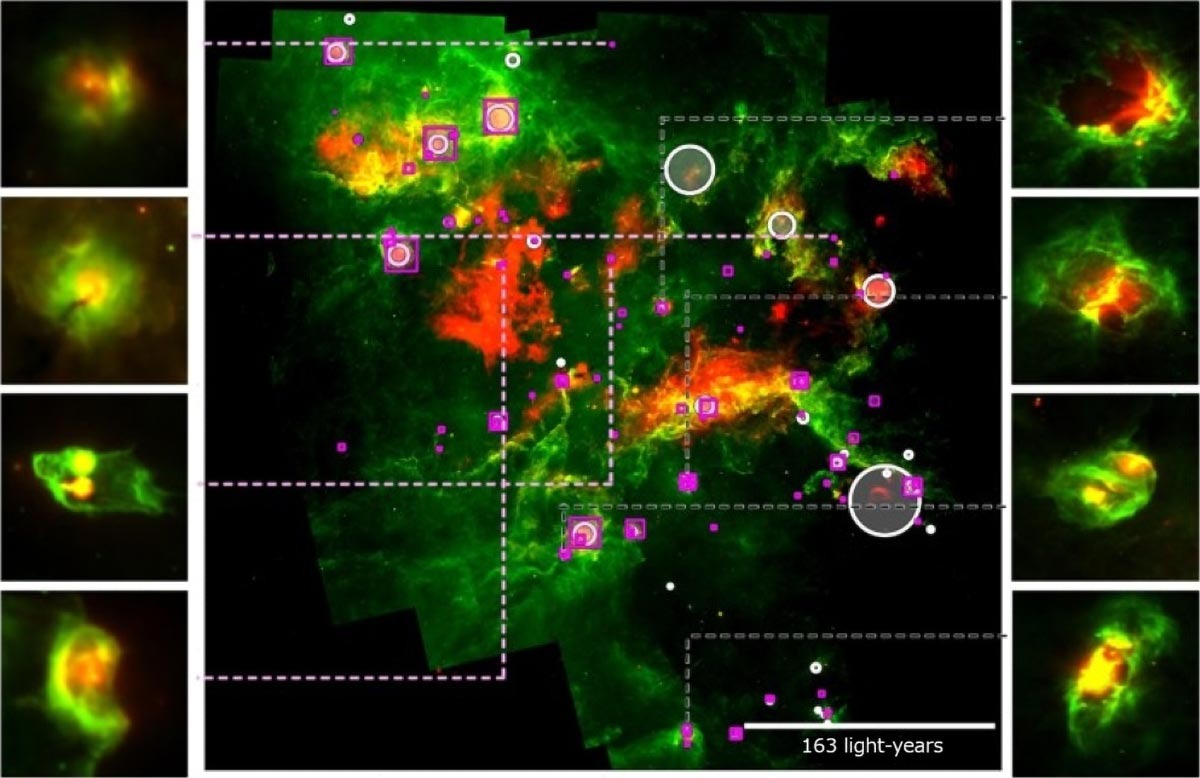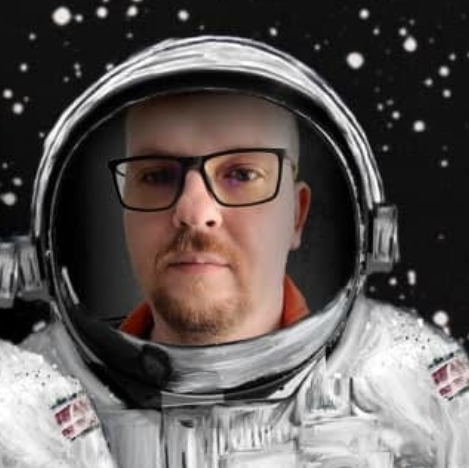Japanese scientists from Osaka University have applied artificial intelligence (AI) to analyze the structure of the Milky Way. Using deep learning models, they discovered previously unknown bubble formations that shed light on the mechanisms of star birth and supernova explosions. These so-called “Spitzer bubbles” have been key to unraveling the dynamic evolution of our galaxy.

Looking into the abyss
A team led by graduate student Shimpei Nishimoto and Professor Toshikazu Onishi has developed an algorithm capable of processing colossal amounts of data from the Spitzer and James Webb telescopes. Unlike classical methods, artificial intelligence quickly identified not only spherical bubbles but also shells formed after supernova explosions. The detected structures range in size from a few to hundreds of light-years. They arise because of powerful processes: young stars generate intense winds, and the final stages of life of massive stars are accompanied by catastrophic ejections of matter.

“Previously, we only saw individual pieces of the puzzle. Now artificial intelligence has given us a complete map of these phenomena,” explains Nishimoto.
Future of astronomy: AI as a key tool
“The Spitzer Bubbles are a kind of archive of galactic history. By analyzing their size, shape, and distribution, scientists can track how stellar energy affects interstellar gas, stimulating or, conversely, inhibiting the birth of new luminaries. For example, the formation of bubbles can compress surrounding clouds of gas, triggering the formation of star clusters. And supernova explosions – to clear the surrounding space, interrupting this process.
“It used to take weeks to analyze a single image. Thanks to AI technologies, we can do this in minutes, finding even the least visible structures,” Prof. Onishi adds.
Scientists are confident that further development of AI will make it possible to create three-dimensional models of galaxies, predict the evolution of stellar systems and even look for signs of life in other parts of the universe.
This research opens a new era in astronomy, where technology becomes a guide in discovering the mysteries hidden among the stars. Though the Milky Way still holds many mysteries, AI has already been changing the way we look at the cosmos.
We previously reported on how Spitzer discovered a penguin-like galaxy.
According to scitechdaily.com


